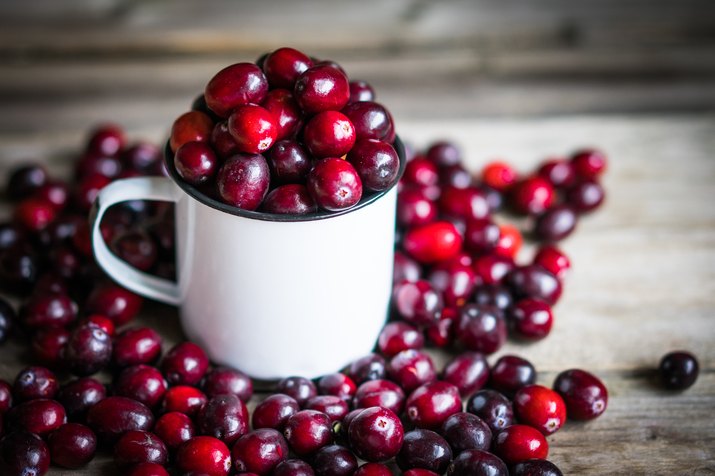
For the absolute best tasting dishes, buying seasonal produce is the way to go and that by no means needs to be an intimidating concept. Knowing which fruits and veggies are the most ripe and delicious at certain times of the year can and should be as exhilarating an experience as it is tasty. Soon this lifestyle will become second-nature with help from our go-to list of 15 fruits and vegetables you should shop for this fall season, along with the perfect mouth-watering recipes that will help you enjoy every second of it.

Apples
The smell of warm baked apple with cinnamon signals the stirrings of fall in the sweetest way possible. Try baking these soft, chewy, spiced apple oatmeal cookies with a warm brown butter glaze (included in recipe), or our even simpler homemade apple butter. Combined with a fresh-baked morning biscuit at the first cool breeze of autumn, you'll be hooked. Best of all, you could take the stress out of baking apple pie by turning them into mini rosebuds with our easy recipe.
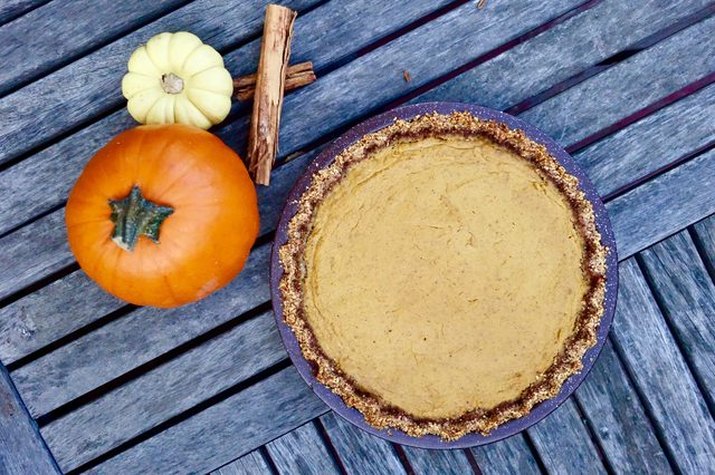
Pumpkins
Sure, we've all had pumpkin pie, but have you tried a grain-free, sugar-free, low-carb, version that you could easily bake yourself, using natural sweetener and almond meal? We're talking the same rich and creamy pumpkin filling in a crumbly crust with only about 4.75 grams of net carbs per serving. Yup. Or, you could elevate pumpkin to a whole new level with our pumpkin crisp recipe. And for those who claim to not like pumpkin, hit 'em with our silky homemade pumpkin cheesecake.
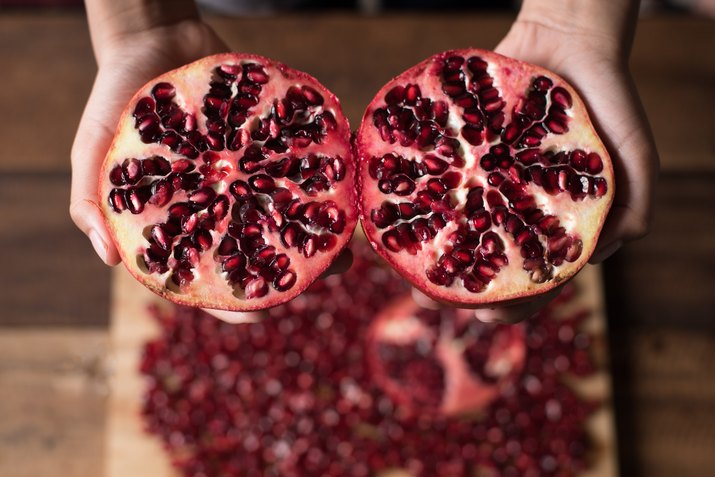
Pomegranates
You might be thinking to yourself, fruits can thrive in the fall? No way! Oh, yes. Pomegranate season will typically go from October all the way to February and the best, most ripe ones are deep-colored with a bright red to reddish-brown outer rind. Store those delicious, tangy fruits in the refrigerator unopened for up to four weeks, and then easily transform everyday recipes into these pomegranate-infused specials that will soon become your new fall favorites.
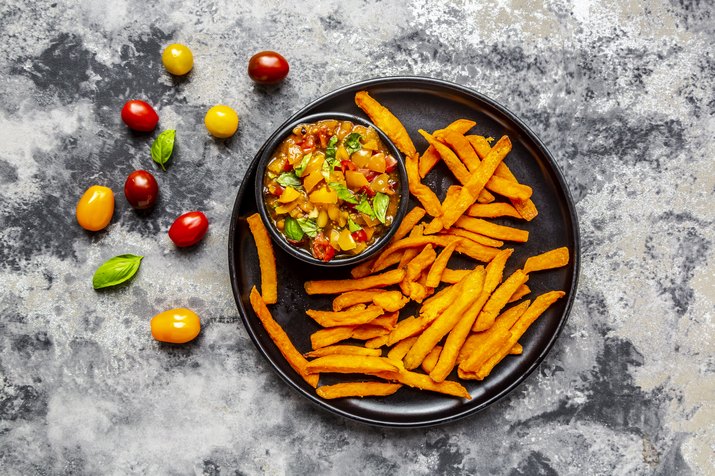
Sweet Potatoes
Sweet potatoes have come a long way since their strictly holiday candied yam past, becoming a healthy staple that almost everyone loves. But that doesn't mean we still don't love a baked sweet potato casserole moment absolutely smothered in soft, fluffy marshmallows. Our recipe also features pecans and fresh orange zest. Or there's our delicious, creamy sweet potato soup recipe that's loaded with vitamin-packed sweet potatoes, plus directions for a curried apple version, too. Ever wonder how to get your sweet potato fries crispy, and not soggy? Boom.
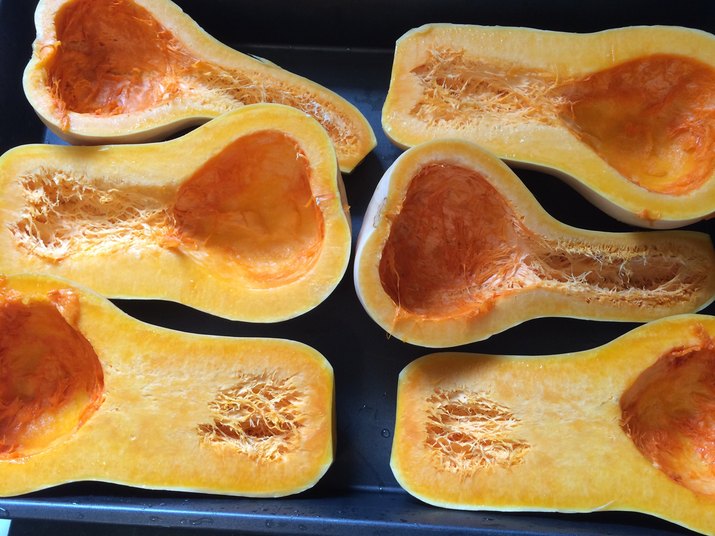
Squash
Whether you love delicata, acorn, kabocha, butternut, or spaghetti squash, fall and winter are the absolute perfect times to enjoy this hearty vegetable. And the good news is, once you learn how to roast one type, you've roasted them all, as instructions for baking squash are the same across the board. Even better news: you can easily incorporate any type into all kinds of dishes, from soup to cinnamon rolls. Here are 10 ways to eat squash.
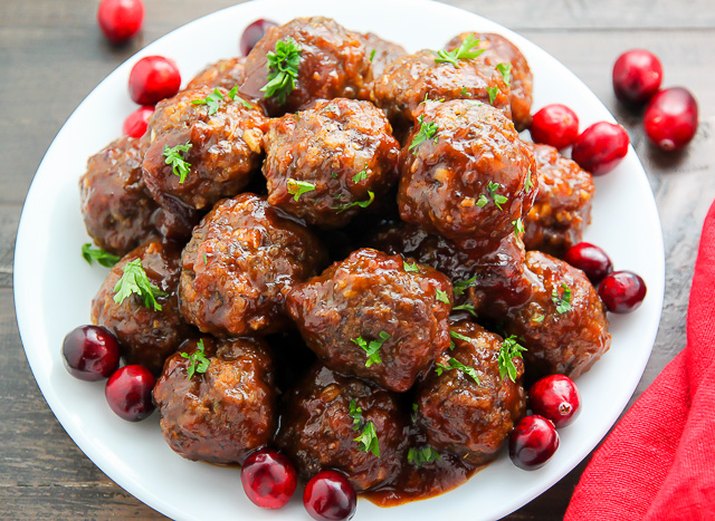
Cranberries
Baked. Cranberry. Meatballs. You read that right! These meatballs are moist, flavorful, and covered in a delectable cranberry-based barbecue sauce. Make ahead of time and stick them with toothpicks as a savory-meets-sweet fall party appetizer. Our healthy cranberry orange relish recipe includes pecans and is a wonderful side dish that freezes well, making an excellent condiment to serve alongside your favorite protein all through the winter. And, of course, we have an amazing cranberry sauce recipe for the holidays.
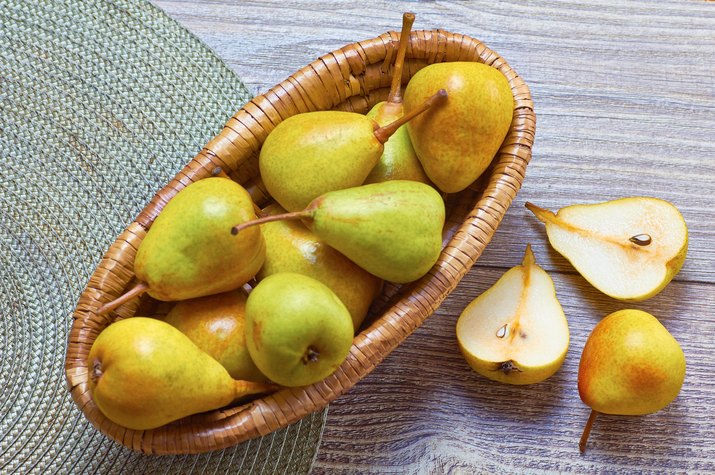
Pears
The process of making homemade spiced pear cider is just like apple cider. You can even substitute crisp apples or apple juice for some of the pears in this recipe for a deeper, more complex taste while maintaining the delicate pear flavor. Enjoy your fresh hot cider on cool fall evenings. We also include how to ferment this fresh-squeezed beverage for 2 to 10 weeks to create "hard" cider. If you've still got pears left over, preserve or freeze the fruit to retain its color, flavor and texture, and it'll last for up to 12 months in your home freezer or pantry, creating sweet treats throughout the year.

Brussels Sprouts
Brussels sprouts have been given a bad reputation because when overcooked, they can develop a strong sulfur-like odor and taste. But if you roast them properly, the outer layers become caramelized and crunchy and the inside layers are tender and meaty, easily becoming a fall dinnertime favorite. Here's how to prepare them simply with olive oil, salt and pepper, plus a bit of sliced fresh garlic for added savoriness, if you like.
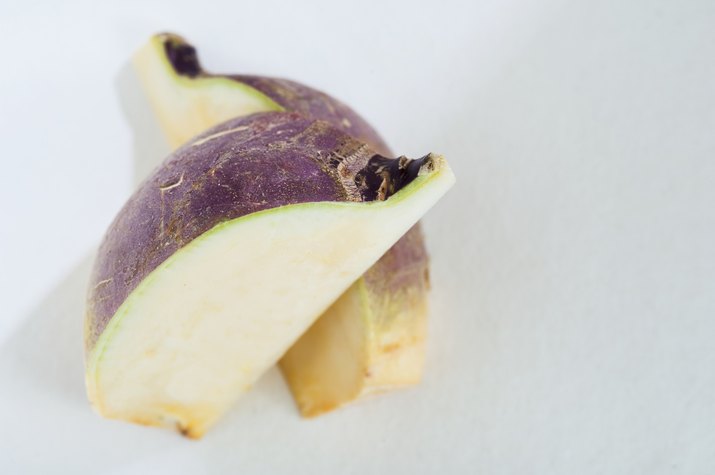
Turnips
Turnips are a delicious cold weather root vegetable and an excellent source of vitamin C. Its green leaves are rich in calcium, vitamin A, vitamin K and folate. On their own, turnips have a slightly peppery flavor and, when cooked, develop a sweetness. They are super versatile and can be eaten pretty much any which way: raw, baked, boiled, stewed, scalloped, roasted, sautéed and steamed. Many prefer to eat them steamed with butter or other fresh condiments to retain the maximum amount of enzymes, nutrients and turnip-y taste. Steaming is among the fastest, healthiest ways to cook turnip and these hardy and versatile root vegetables have so much more to offer with the right spices.
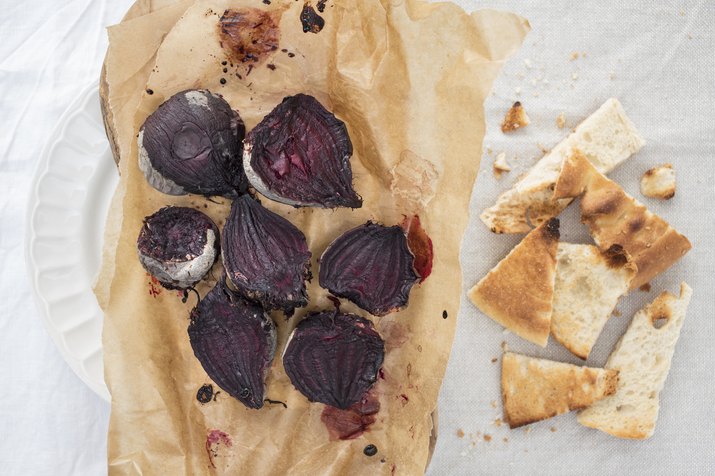
Beets
Roasted beets, or beetroot, are incredibly healthy, mildly sweet, and add a beautiful color and texture to just about any autumn meal. You can add them to salads, pickle them, or serve as a side dish on their own simply tossed with olive oil, vinegar or citrus juice, fresh herbs such as basil or mint, and don't forget the crumbled goat or feta cheese. Is anyone else getting hungry? Here's how to roast beets perfectly every time.
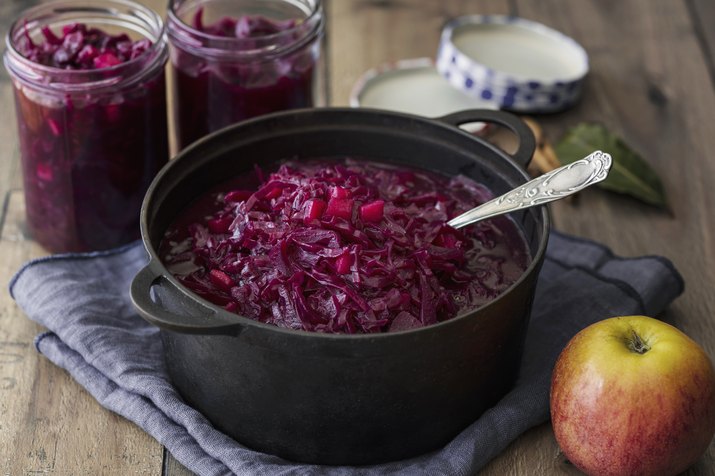
Cabbage
Apparently, there's actually a weight-loss plan that suggests eating red cabbage soup for seven days straight to detoxify the body (along with other fruits and veggies). Our healthy red cabbage soup recipe is packed with nutrients, rich in flavor and has a nice smooth texture. Whatever you do, be sure to serve your red cabbage soup while it's hot and garnish with thinly sliced apples, shredded carrots or cheddar cheese to add additional texture.
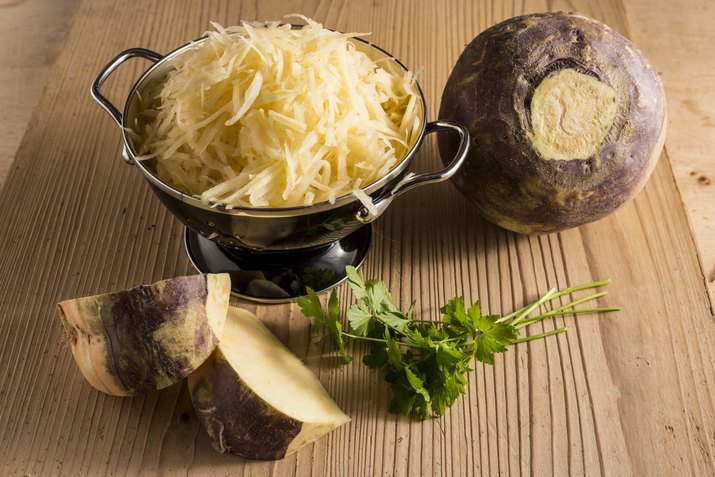
Rutabagas
The rutabaga, also called a swede or neep, is a root vegetable closely related to turnips, and like the turnip, thrives in cooler months. Rutabagas are high in vitamin C, vitamin A, fiber and potassium. You may consume them raw, or prepare the produce by using a variety of cooking methods such as baking, steaming, boiling and braising. However you choose to prepare fresh rutabagas, make sure you store them properly soon after you purchase or harvest to prolong their shelf life and nutrient content.
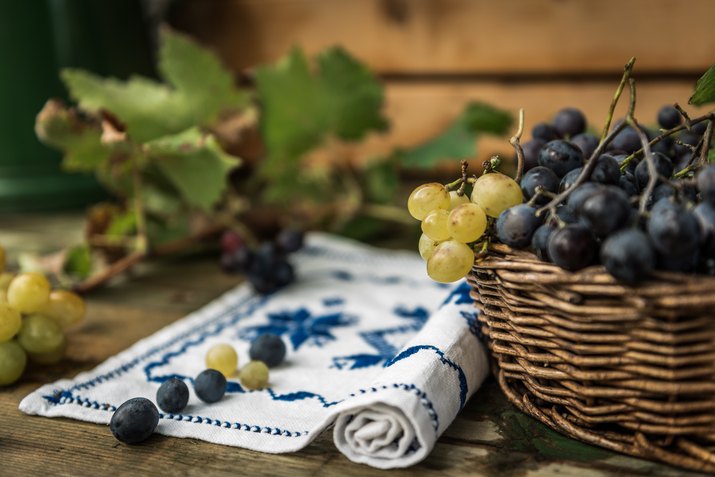
Grapes
There is no sweeter way to celebrate the start of grape season than with some fresh, homemade jam. Perfectly ripe Concord grapes are naturally high in both pectin and sugar and late summer will yield the best fruits for jam. This means you don't need to add a single thing beside heat and time to develop a rich, spreadable consistency. Or, perhaps you're more of a fresh grape juice person. Well, we got you covered there, too, with our simple homemade grape juice recipe.
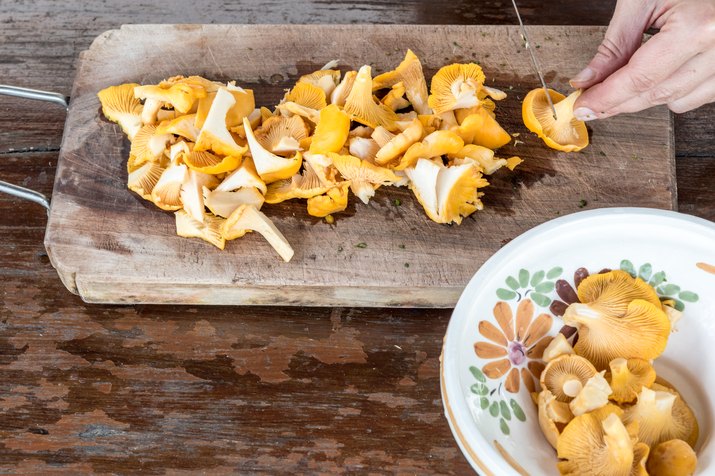
Mushrooms
Fall is the perfect time to add more meaty mushrooms of all varieties to your favorite savory dishes. Take our recipe that combines baby portobellos, smokey gruyere cheese and a simple stuffing technique to transform classic baked chicken into pure elegance in less than five steps. This dish is totally guest-worthy, yet easy enough for weeknight family dinners. And who doesn't love a stuffed mushroom? These artichoke dip stuffed delights are super easy to make and guaranteed to be a hit among party guests.

Artichokes
Artichokes are high in cynarin, which helps to lower cholesterol and is good for the liver and gallbladder. Steaming will actually help to retain the full nutrient content of the artichokes during cooking, making all that delicious melted butter and mayo for dipping even more appealing. This artichoke and lemon pesto is a breeze to make and includes ample amounts of lemon zest and fresh herbs to savor that last bit of summer we still have left (store your homemade pesto in a refrigerator for up to a week or freezer for up to six months). And for pure early fall decadence, this shortcut recipe makes the creamiest, dreamiest spinach and artichoke ravioli casserole in under an hour.
Advertisement
Video of the Day